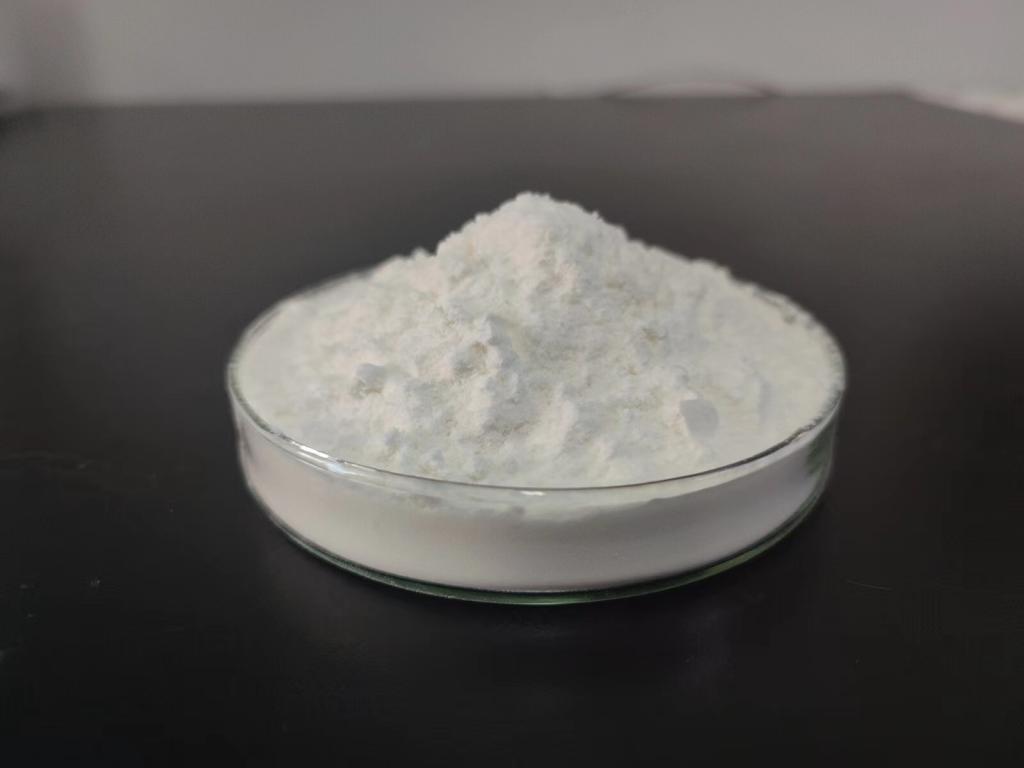Tel:+8618231198596

News
 CONTACT
CONTACT
 CONTACT
CONTACT
- Linkman:Linda Yao
- Tel: +8618231198596
- Email:linda.yao@dcpharma.cn
- Linkman:CHARLES.WANG
- Department:Overseas
- Tel: 0086 0311-85537378 0086 0311-85539701
News
Current Position:
Home >
News
>From Lab to Market: Commercialization Prospects of ε-Polylysine Hydrochloride.
From Lab to Market: Commercialization Prospects of ε-Polylysine Hydrochloride.
TIME:2024-05-24
Market Potential of ε-Polylysine Hydrochloride
The market potential of ε-polylysine hydrochloride is significant, driven by increasing consumer demand for safe, natural, and effective antimicrobial agents across various industries.
Food Industry
Preservative Demand: With the rising awareness of food safety and the demand for clean-label products, there is a growing need for natural preservatives like ε-polylysine to extend the shelf-life of food products without compromising quality.
Antimicrobial Applications: ε-Polylysine can be used in a wide range of food products, including dairy, meat, poultry, seafood, and beverages, to inhibit the growth of spoilage microorganisms and pathogens, thus enhancing food safety and reducing waste.
Cosmetics Industry
Natural Preservation: In the cosmetics industry, there is a trend towards using natural preservatives to meet consumer preferences for clean-label products. ε-Polylysine offers a natural alternative to synthetic preservatives, ensuring microbial control without compromising product safety or efficacy.
Microbial Control: Cosmetics formulations containing ε-polylysine can benefit from its broad-spectrum antimicrobial activity, preventing microbial contamination and maintaining product stability throughout its shelf-life.
Wound Care and Biomedical Engineering
Infection Prevention: In wound care and biomedical engineering, ε-polylysine hydrochloride plays a crucial role in preventing infections and promoting healing. Its antimicrobial properties make it suitable for use in wound dressings, medical devices, and implantable materials, addressing the growing need for effective infection control in healthcare settings.
Regulatory Considerations
Navigating regulatory requirements is a critical aspect of commercializing ε-polylysine hydrochloride across different industries. Regulatory approval ensures product safety, efficacy, and compliance with applicable standards and regulations.
Food and Drug Administration (FDA)
GRAS Status: Obtaining Generally Recognized as Safe (GRAS) status from the FDA is essential for ε-polylysine to be used as a food preservative. This requires comprehensive safety assessments and scientific data to demonstrate its safety for human consumption.
Food Additive Approval: If ε-polylysine is intended for use as a direct food additive, it must undergo a thorough review process by the FDA to assess its safety and functionality in specific food applications.
Cosmetic Regulations
Ingredient Safety: In the cosmetics industry, ε-polylysine must comply with regulations governing cosmetic ingredients' safety and labeling. This includes providing safety data and adhering to labeling requirements specified by regulatory agencies such as the European Union's Cosmetics Regulation (EC) No 1223/2009.
Registration and Notification: Depending on the region, ε-polylysine may require registration or notification to regulatory authorities before it can be used in cosmetic formulations.
Medical Device Approval
Pre-market Approval (PMA): Medical devices incorporating ε-polylysine may require pre-market approval from regulatory agencies such as the FDA to ensure their safety and effectiveness. This process involves submitting extensive data from preclinical and clinical studies to support the device's regulatory clearance or approval.
Quality Management Systems: Manufacturers of medical devices must adhere to quality management systems (QMS), such as ISO 13485, to ensure product quality, consistency, and compliance with regulatory requirements.
Competitive Landscape
Understanding the competitive landscape is essential for positioning ε-polylysine hydrochloride effectively in the market and identifying opportunities for differentiation and growth.
Existing Players
Synthetic Preservatives: Traditional synthetic preservatives such as parabens, benzalkonium chloride, and triclosan dominate the market but face increasing scrutiny due to safety and environmental concerns, creating opportunities for natural alternatives like ε-polylysine.
Natural Antimicrobials: Other natural antimicrobial agents, including essential oils, plant extracts, and bacteriocins, compete with ε-polylysine in various industries. Differentiation based on efficacy, safety, and regulatory compliance is key to gaining a competitive edge.
Emerging Technologies
Nanotechnology: Advances in nanotechnology enable the development of nano-formulations containing ε-polylysine, offering enhanced stability, bioavailability, and targeted delivery for various applications.
Biopolymer Composites: Biopolymer composites incorporating ε-polylysine show promise in biomedical engineering, providing antimicrobial properties to implantable materials, tissue scaffolds, and drug delivery systems.
Strategies for Successful Commercialization
To successfully commercialize ε-polylysine hydrochloride, companies must adopt strategic approaches that address market needs, regulatory requirements, and competitive dynamics.
Research and Development
Product Optimization: Continued research and development efforts are essential to optimize ε-polylysine formulations for specific applications, improving efficacy, stability, and cost-effectiveness.
Innovation and Differentiation: Investing in innovative technologies and differentiation strategies can help companies stand out in the market and address unmet needs more effectively.
Regulatory Compliance
Early Engagement: Proactively engaging with regulatory authorities early in the product development process can expedite regulatory approval and minimize delays in commercialization.
Comprehensive Documentation: Generating comprehensive safety and efficacy data, conducting rigorous testing, and maintaining meticulous documentation are crucial for regulatory compliance and market acceptance.
Market Segmentation
Targeted Approach: Identifying niche markets and specific applications where ε-polylysine offers unique benefits allows companies to tailor their marketing strategies and maximize market penetration.
Partnerships and Collaborations: Collaborating with industry partners, distributors, and research institutions can facilitate market access, accelerate product development, and enhance brand visibility.
Consumer Education
Communicating Benefits: Educating consumers about the benefits of ε-polylysine hydrochloride, such as its natural origin, safety, and efficacy, can help build trust and drive demand for products containing this innovative ingredient.
Transparency and Labeling: Providing transparent information on product labels about ε-polylysine content, its mode of action, and regulatory approvals enhances consumer confidence and fosters brand loyalty.
Conclusion
The commercialization prospects of ε-polylysine hydrochloride are promising, driven by its broad-spectrum antimicrobial activity, natural origin, and versatility across multiple industries. Successfully bringing ε-polylysine from the lab to the market requires overcoming regulatory hurdles, navigating a competitive landscape, and adopting strategic approaches that emphasize product optimization, regulatory compliance, market segmentation, and consumer education.
- Tel:+8618231198596
- Whatsapp:18231198596
- Chat With Skype







